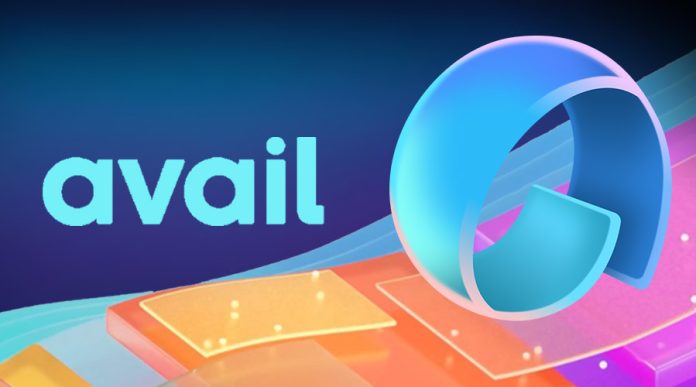Avail: Unifying Web3 Through Advanced Modular Technology
The emergence of Web3 has heralded a new era of digital transformation, characterized by its groundbreaking technologies that are reshaping our online interactions. However, the path to widespread adoption is fraught with challenges, primarily related to scaling and seamless integration across diverse ecosystems. Issues such as cumbersome cross-ecosystem transactions and the need for effective user onboarding strategies are significant hurdles. To address these challenges, a unified approach is crucial—one that harmonizes various technologies while preserving the core principles of decentralization. Avail distinguishes itself by utilizing its advanced modular technology stack to integrate and unify the Web3 ecosystem.
Overview of Avail
At the forefront of Web3 unification, Avail is pioneering efforts to create a more integrated blockchain ecosystem. It provides a sophisticated modular technology stack that incorporates data availability, aggregation, and shared security. By developing its Unification Layer, Avail is building a robust infrastructure intended to support the entire Web3 ecosystem. This comprehensive tech stack is divided into three main layers: Data Availability (DA), Nexus, and Fusion, each playing a pivotal role in the overall functionality of the platform.
Avail’s Vision and Mission
Avail envisions creating a cohesive and integrated user experience within a versatile, modular blockchain framework. Drawing from the advancements of Web2, Avail seeks to establish not just a product but a novel category in the blockchain domain. Its mission is to connect disparate blockchain ecosystems, promoting interoperability and cooperation among various networks. This strategy aims to enhance user experiences and contribute to a more unified and effective blockchain environment.
Purpose and Objectives of Avail
Avail tackles the fragmentation prevalent in the Web3 ecosystem by introducing a unifying layer that ensures seamless operation across diverse technologies while upholding decentralization principles. The primary goal is to simplify cross-ecosystem transactions and streamline the onboarding process for new users, rather than pulling them between isolated communities. By offering a scalable and modular platform, Avail is focused on enhancing Web3’s scalability, interoperability, and security.
Phases of Avail
Avail DA: The Avail Data Availability (DA) layer aims to consolidate Web3 by employing validity-ensured techniques, supporting advanced, trust-reducing applications and independent rollups. It allows light clients to confirm data availability through peer-to-peer network sampling, providing both effectiveness and dependability.
Avail Nexus: Serving as a permissionless framework, Nexus aims to integrate the Web3 ecosystem by connecting multiple blockchains. It leverages Avail DA as the root of trust and provides zero-knowledge proof-based coordination rollups on Avail DA, thus enhancing cross-chain interactions and trust.
Avail Fusion: The final component of Avail’s unification strategy, Fusion, provides additive security by allowing native assets from major ecosystems like Bitcoin and Ethereum to be staked alongside Avail’s assets. This integration of mature assets contributes to the network’s overall crypto-economic security, reinforcing the platform’s stability.
Benefits of Avail
Avail significantly enhances the Web3 ecosystem’s scalability and interoperability while providing robust data availability. The platform is cost-effective and features superior security through its Fusion layer. Its modular and flexible architecture, combined with expandable Blockspace, supports a community-centric approach to token allocation. Avail also incorporates validity proofs and Erasure Coding to further enhance data integrity and availability.
AVAIL Listings
The AVAIL token is a crucial component of the Avail ecosystem, with a total supply of 10 billion tokens. The AVAIL token is integral to maintaining the network’s security and incentivizing community participation. Its allocation strategy, focused on long-term growth, dedicates over 65% of the tokens to community initiatives, ecosystem development, and research.
Avail on Ethereum: When Avail DA is transferred to the Ethereum mainnet, users are issued Avail ERC20 tokens. This bridging process increases liquidity and functionality within the Ethereum network, facilitating wider usage and integration.
Conclusion
Avail stands at the vanguard of transforming the Web3 landscape by providing a unified layer that enhances scalability, interoperability, and security. Its modular technology stack addresses the challenges of fragmentation and inefficient transactions, paving the way for a more cohesive and user-friendly blockchain ecosystem. By bridging gaps between various ecosystems and fostering collaborative efforts, Avail is setting the stage for a more integrated and efficient Web3 future.


